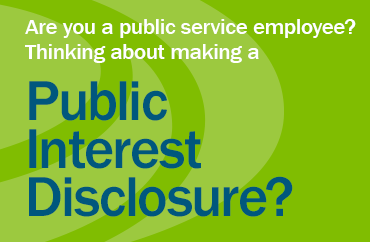Managing Patient Flow
**This featured case is one example of the concerns people have brought to us. Names have been changed to protect the identity of the people involved.
Lana was caregiver for her brother Kirk, so when he became ill, she called an ambulance. It took him to a local emergency room. After assessing Kirk, the doctor wanted to admit him to the hospital, but there were no empty beds, so the ambulance took him to a hospital in another community.
When the ambulance bill came, it was for both trips. Lana was prepared to pay the bill for the first trip, but did not think it fair that she was being asked to pay for the second. She did not have control over which emergency room he had been taken to, nor had she been made aware that if he needed to be admitted, he would need a second ambulance trip, which she would have to pay for. Had she been advised at the start, she might have asked that Kirk be taken directly to the second hospital. When she could not convince the health region to reverse the second charge, she contacted our Office.
We talked with the health region and with several officials at the Ministry of Health, and heard differing viewpoints about whether a patient should pay the ambulance bill in situations like this. We were concerned that while the system is responsible for managing patient flow and bed availability, this second ambulance bill can be seen to shift the cost for some of those decisions on to the patient or family. In the end, the health region decided to cancel the charge for Kirk’s second ambulance trip and recognized the need for further discussions on this topic.
Status: Resolved




